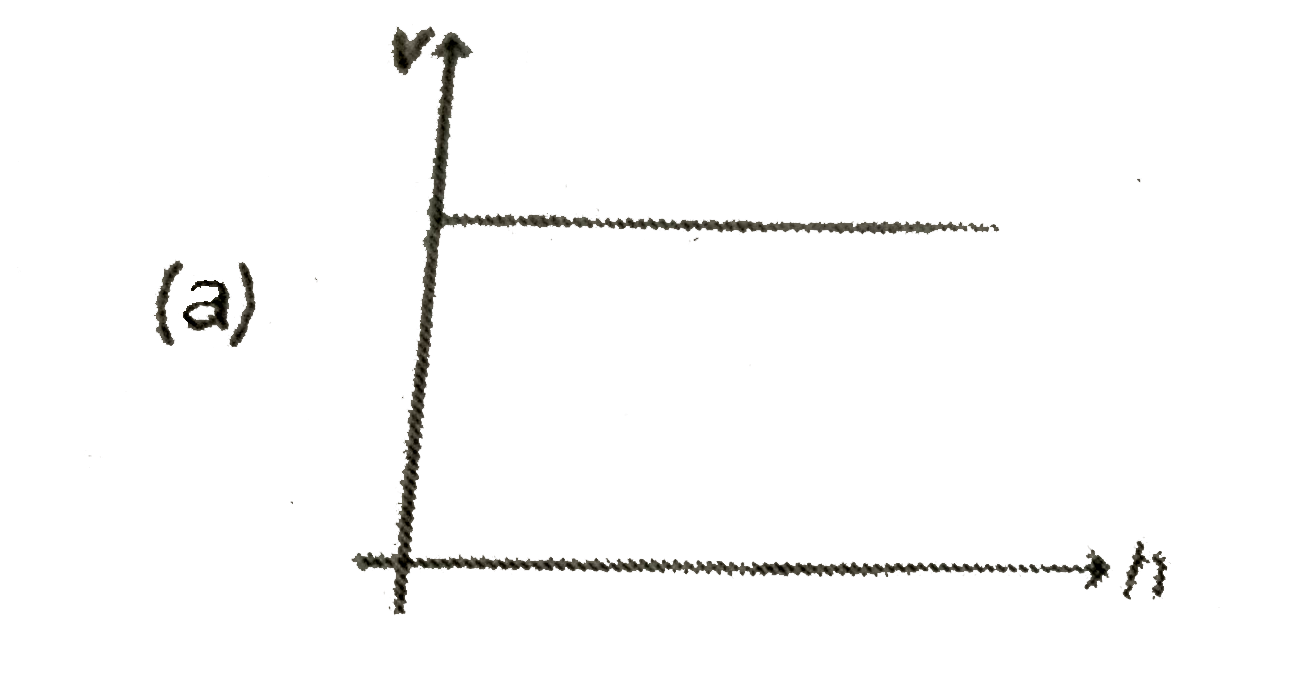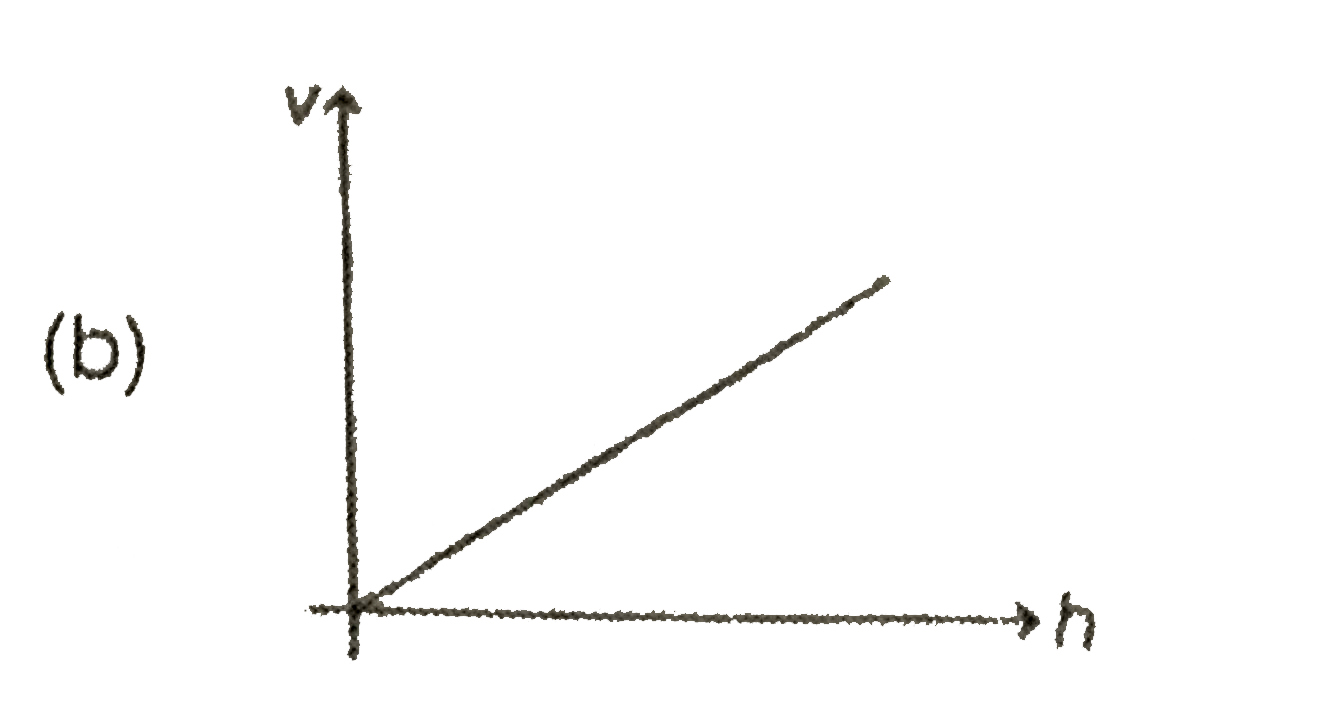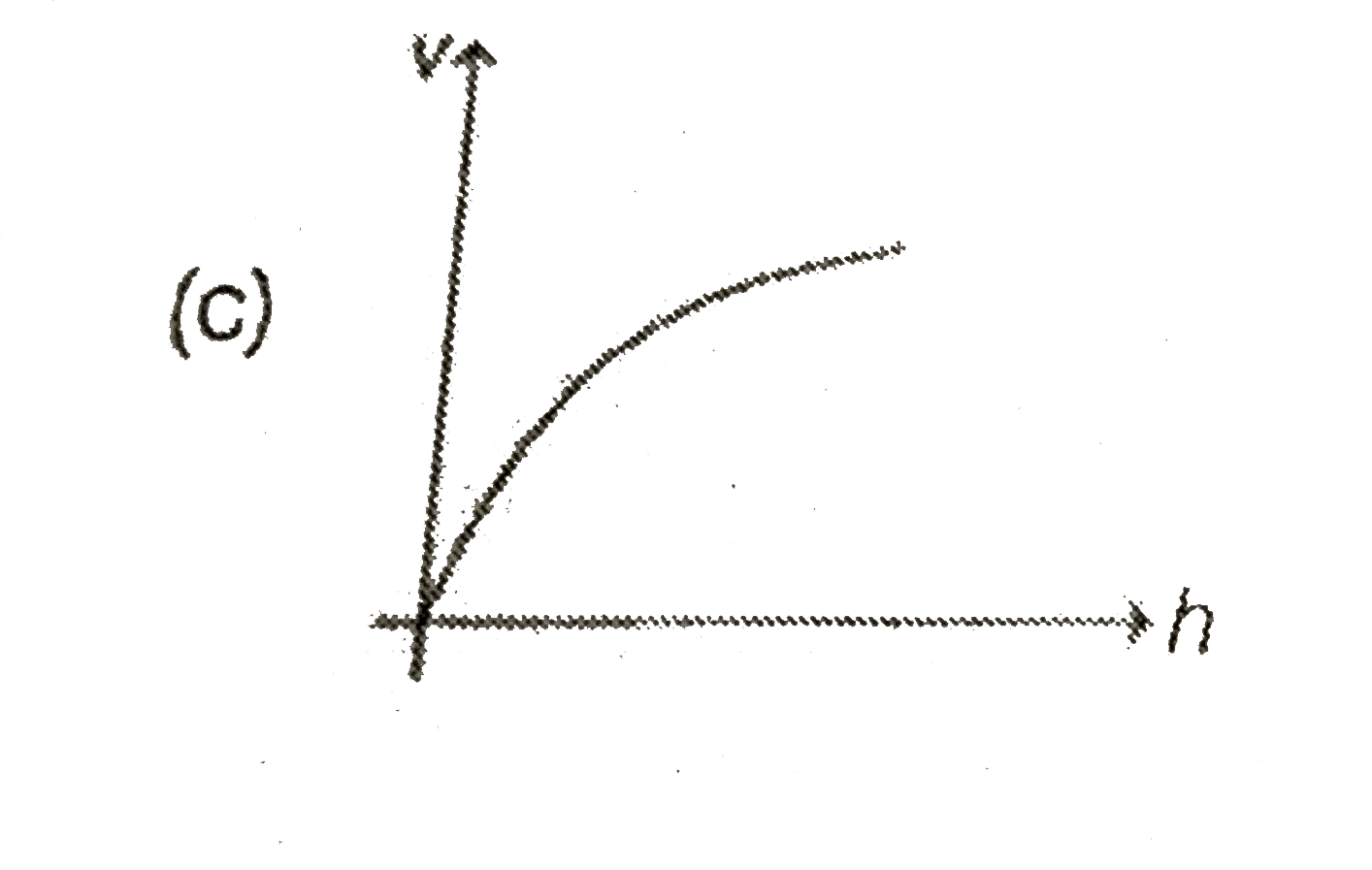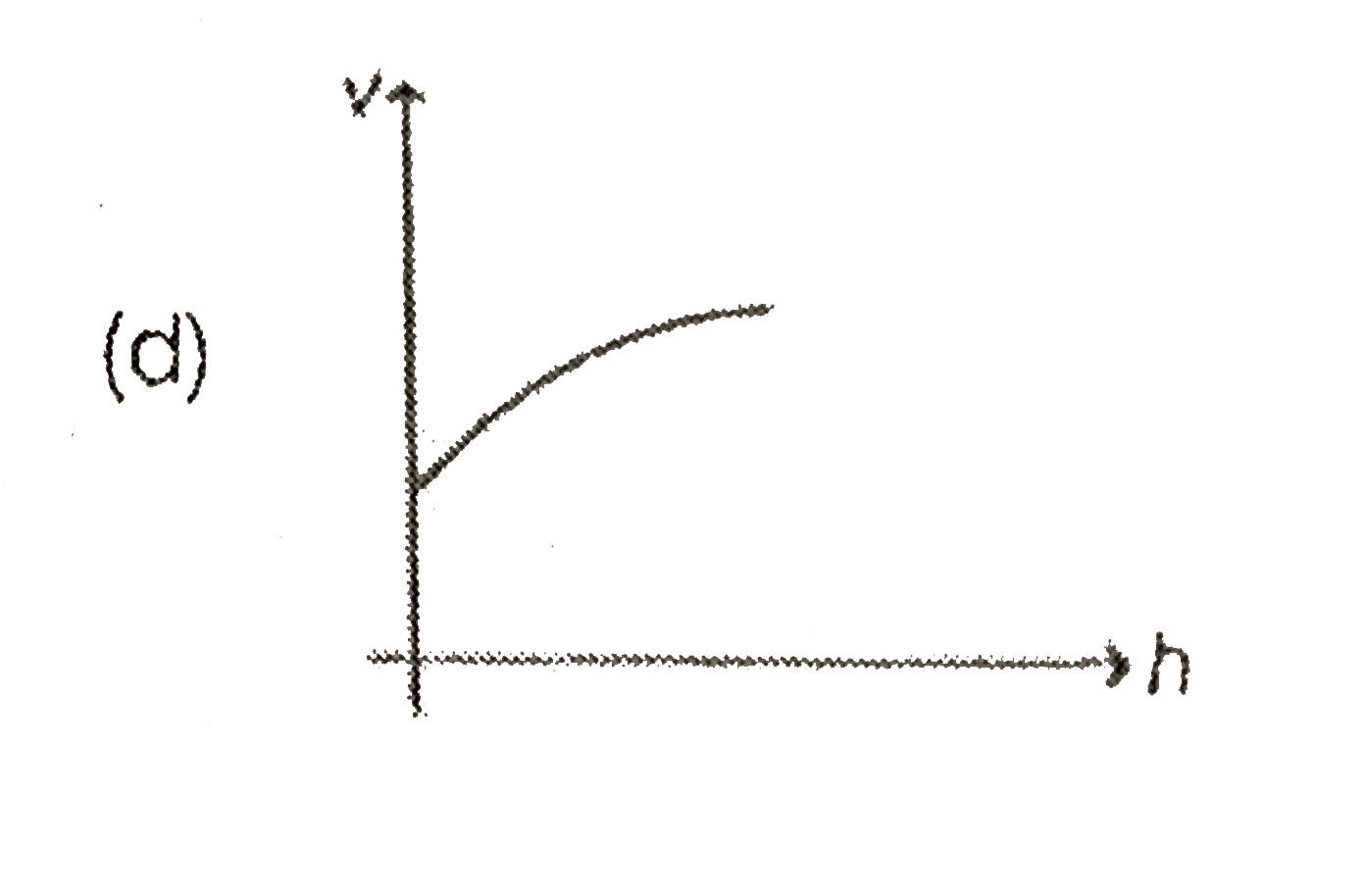A heavy unifrm rope hangs vertically from the ceiling, with its lower end free. A disturbance on the rope travelling upward from the lower end has a velocyt v at a distance x from the lower end.
v∝1/x
v∝x
v∝√x
v∝1/√x
The correct Answer is:C
Step by step video, text & image solution for A heavy unifrm rope hangs vertically from the ceiling, with its lower end free. A disturbance on the rope travelling upward from the lower end has a velocyt v at a distance x from the lower end. by Physics experts to help you in doubts & scoring excellent marks in Class 12 exams.
Updated on:21/07/2023Topper's Solved these Questions
Similar Questions
A heavy but uniform rope of lenth L is suspended from a ceiling. (a) Write the velocity of a transverse wave travelling on the string as a function of the distance from the lower end. (b) If the rope is given a sudden sideways jerk at the bottom, how long will it take for the pulse to reach teh celling ? (c ) A particle is dropped from the ceiling at the instant the bottom end is given the jerk where will the particle meet the pulse ?
View SolutionA heavy uniform rope is held vertically and is tensioned by clamping it to a rigid support at the lower end. A wave of a certain frequency is set up at the lower end. Will the wave travel up the rope with the same speed?
View Solution
Knowledge Check
A uniform rope having linear density λ hangs vertically from the ceiling and its lower end is free. A disturbance produced at the free end has a speed v0 at point P midway on the rope . Then the time taken by the disturbance pulse to reach the ceiling is
A4μ0gB2√2V0gC2√2V20λgD2√2V0λgA Uniform rope having mass m hags vertically from a rigid support. A transverse wave pulse is produced at the lower end. The speed v of wave pulse varies with height h from the lower end as
A B
B C
C D
D
A uniform rope having some mass hinges vertically from a rigid support. A transverse wave pulse is produced at the lower end. The speed (v) of the wave pulse varies with height (h) from the lower end as :-
A B
B C
C D
D
A uniform rope of mass m and length L hangs from a ceiling. (a) Show that the speed of a transverse wave on the rope is a function of y, the distance from the lower end, and is given by v=√gy. (b) Show that the time a transverse wave takes to travel the length of the rope is given by t=2√L/g.
View SolutionA rope of length L and uniform linear density is hanging from the ceiling. A transverse wave pulse, generated close to the free end of the rope, travels upwards through the rope. Select the correct option:
View SolutionA uniform rope having some mass hinges vertically from a rigied support. A transverse wave pulse is produced at the lower end. The speed (v) of the wave pulse varies with height (h) from the lower end as :-
View SolutionA ladder rests against a frictionless vertical wall, with its upper end 6m above the ground and the lower end 4m away from the wall. The weight of the ladder is 500N and its CG at 1/3rd distance from the lower end. Wall's reaction will be (in newton)
View SolutionA perfectly elastic uniform string is suspended vertically with its upper end fixed to the ceiling and the lower end loaded with the weight. If a transverse wave is imparted to the lower end of the string, the pulse will
View Solution
